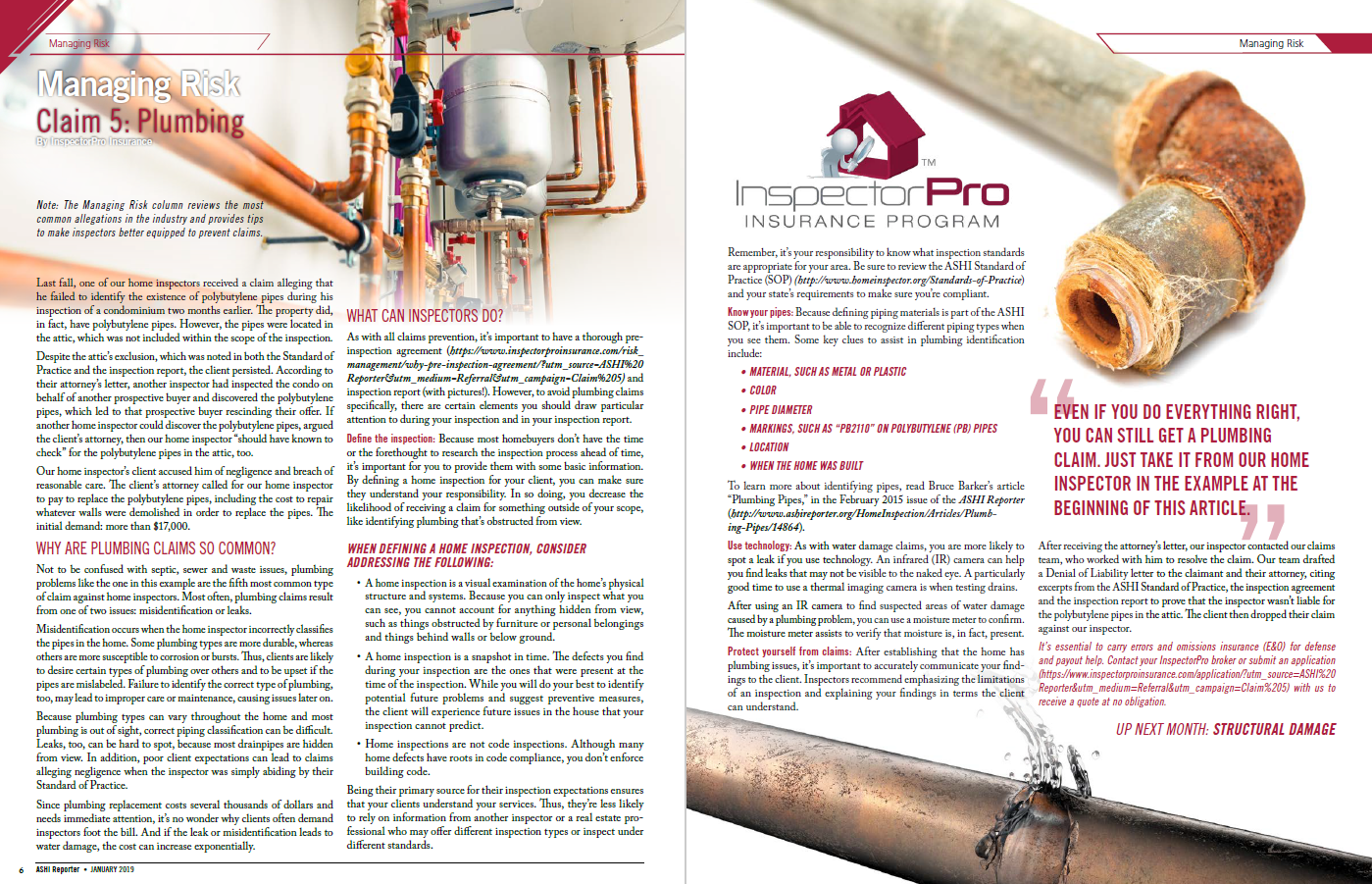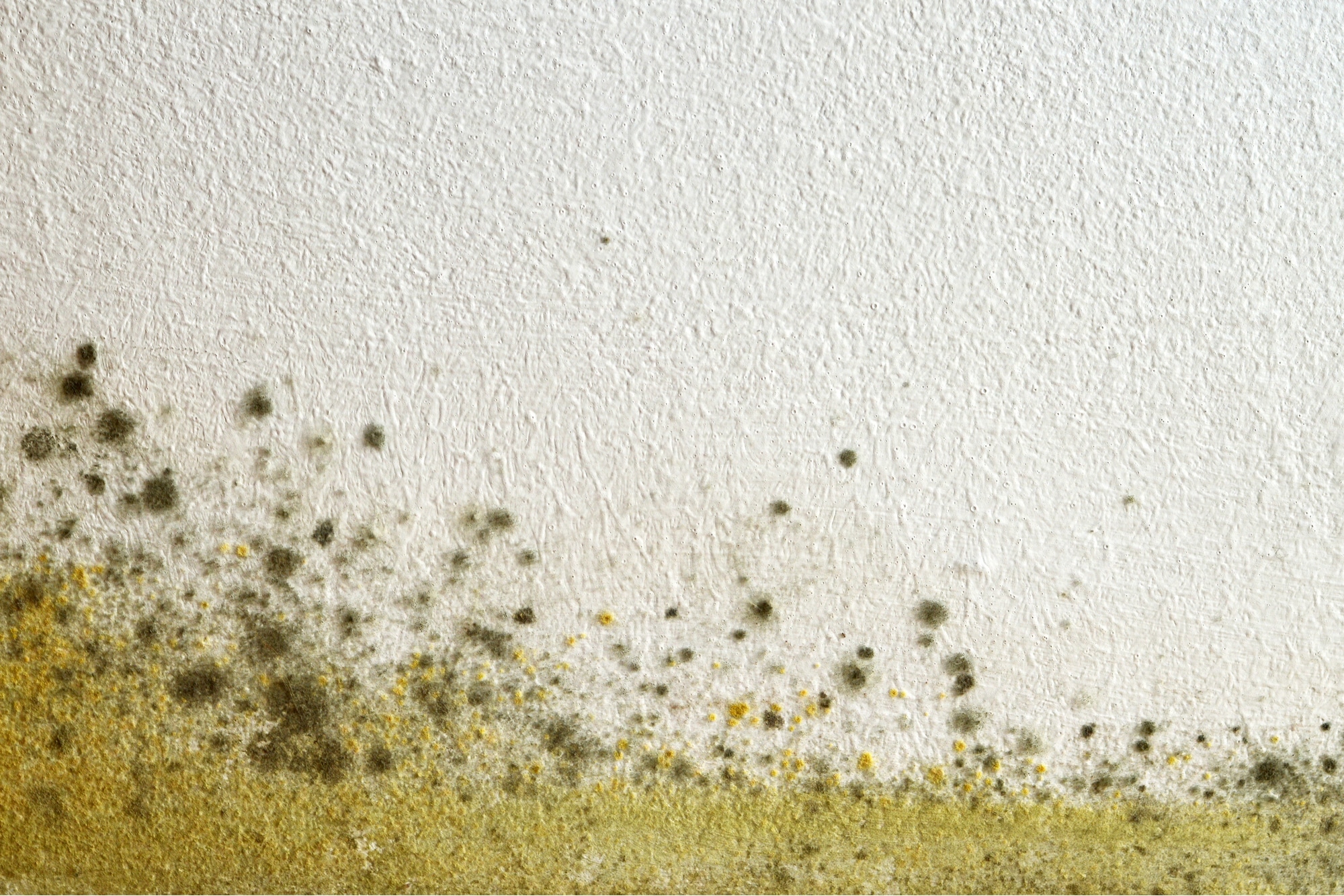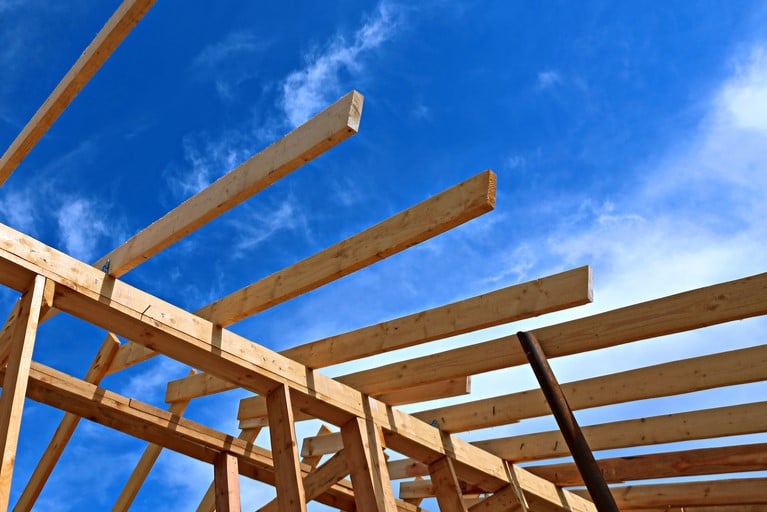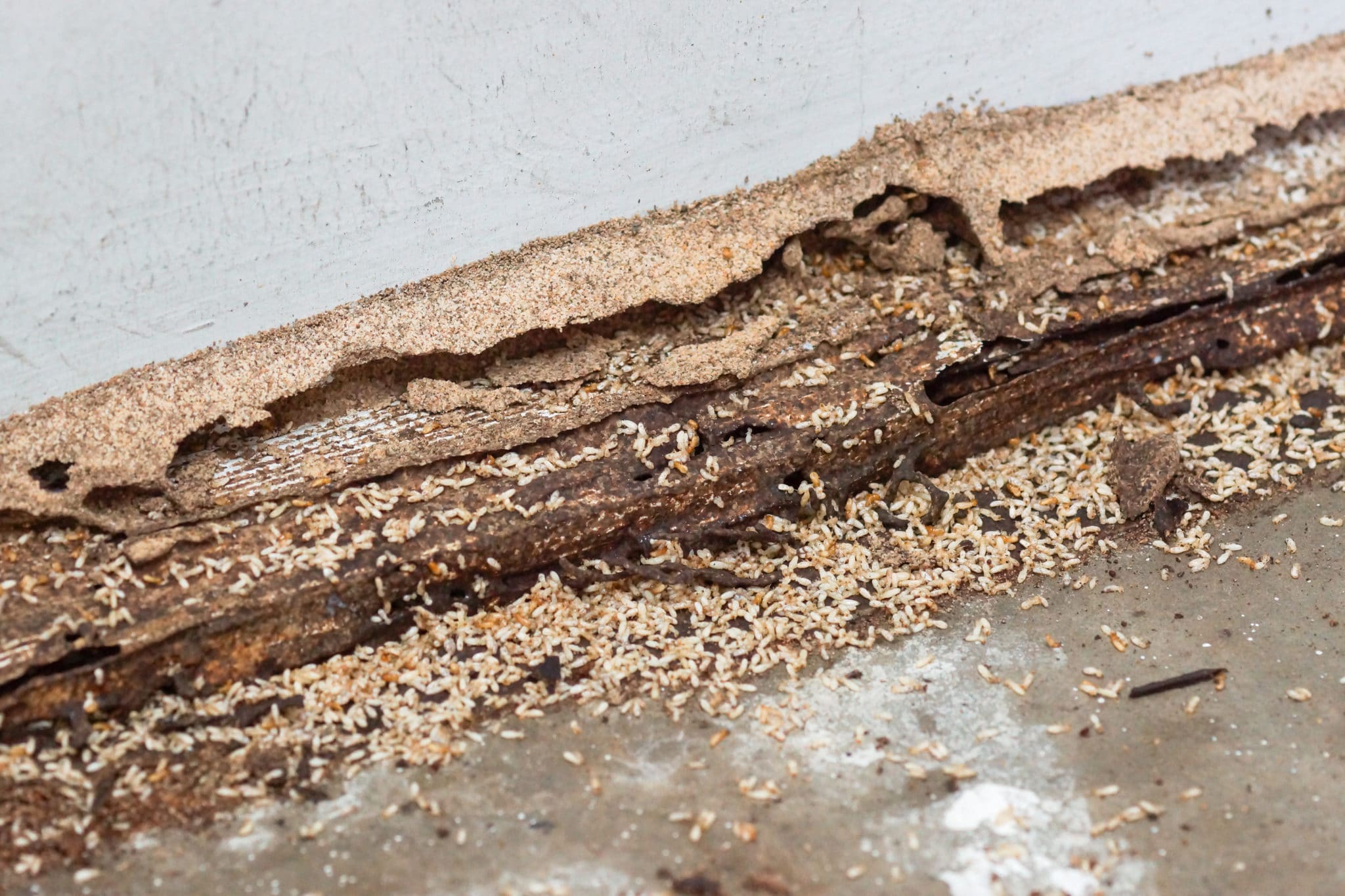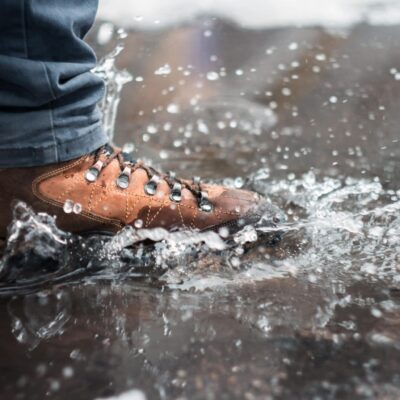Top E&O Claims Claim 5: Plumbing
Last Updated November 22, 2023
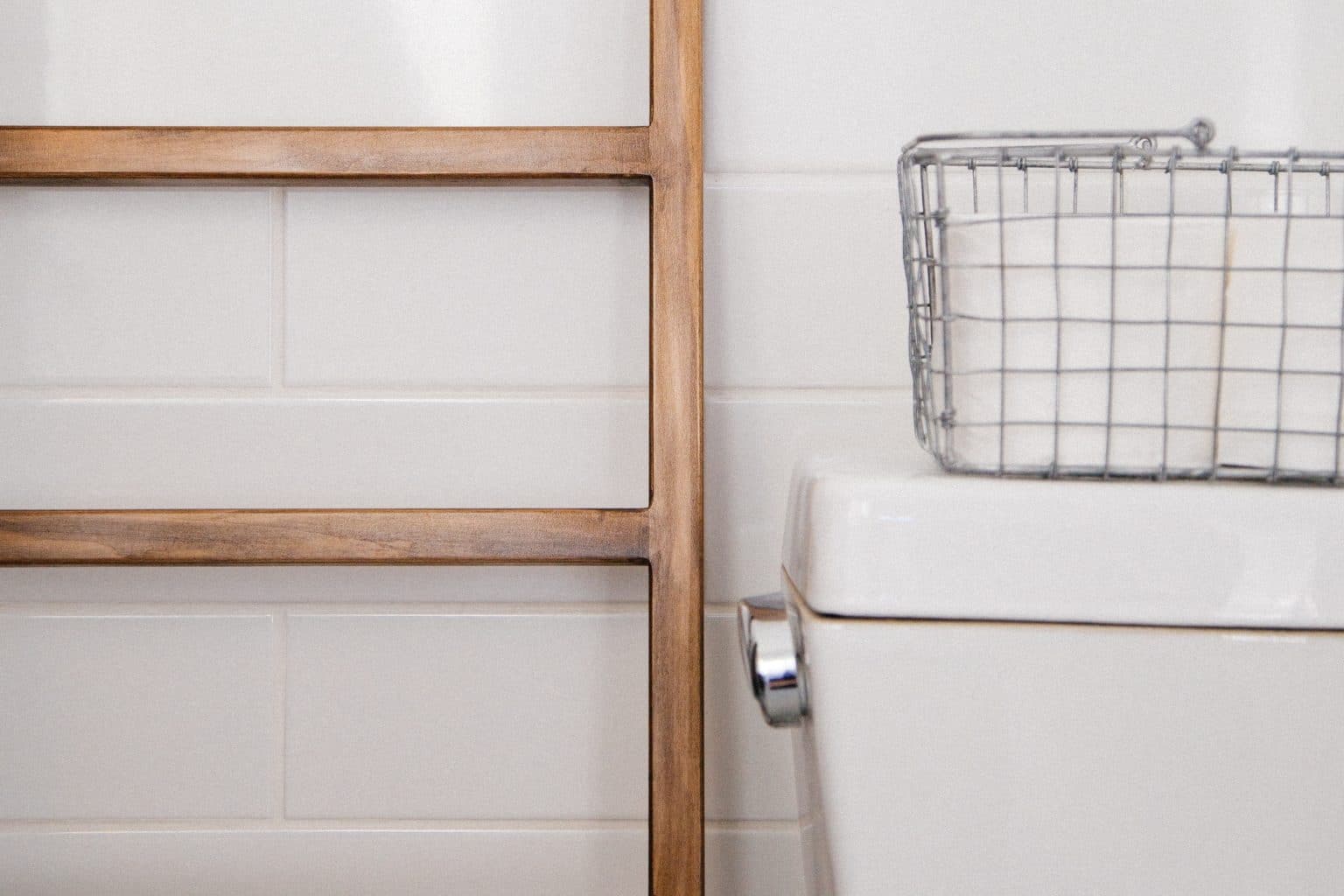
Last fall, one of our home inspectors received a claim alleging that he failed to identify the existence of polybutylene pipes during his inspection of a condominium two months earlier. The property did, in fact, have polybutylene pipes. However, the pipes were located in the attic, which was not included within the scope of the inspection.
Despite the attic’s exclusion, which was noted in both the Standard of Practice and the inspection report, the client persisted. According to their attorney’s letter, another inspector had inspected the condo on behalf of another prospective buyer and discovered the polybutylene pipes, which led to that prospective buyer rescinding their offer. If another home inspector could discover the polybutylene pipes, argued the client’s attorney, then our home inspector “should have known to check” for the polybutylene pipes in the attic, too.
Our home inspector’s client accused him of negligence and breach of reasonable care. The client’s attorney called for our home inspector to pay to replace the polybutylene pipes, including the cost to repair whatever walls were demolished in order to replace the pipes. The initial demand: over $17,000.
Why are plumbing claims so common?
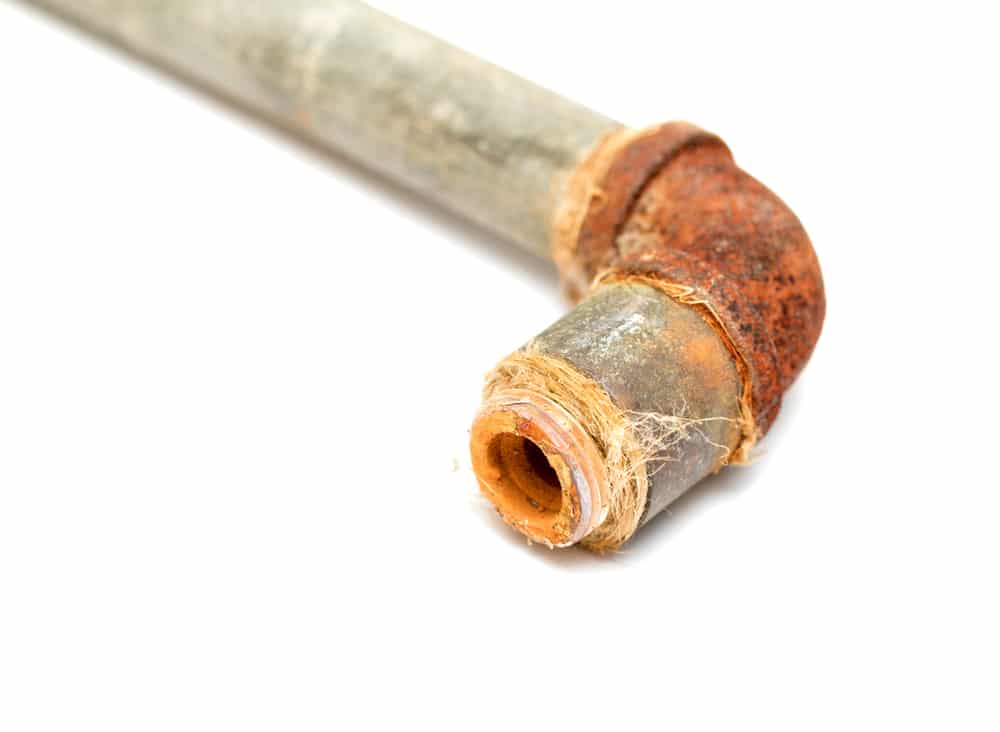 Not to be confused with septic, sewer and waste issues, plumbing problems like the one in this example are the fifth most common type of claim against home inspectors. Most often, plumbing claims result from one of two issues: misidentification or leaks.
Not to be confused with septic, sewer and waste issues, plumbing problems like the one in this example are the fifth most common type of claim against home inspectors. Most often, plumbing claims result from one of two issues: misidentification or leaks.
Misidentification occurs when the home inspector incorrectly classifies the pipes in the home. Some plumbing types are more durable, whereas others are more susceptible to corrosion or bursts. Thus, clients are likely to desire certain types of plumbing over others and to be upset if the pipes are mislabeled. Failure to identify the correct type of plumbing, too, may lead to improper care or maintenance, causing issues later on.
Because plumbing types can vary throughout the home and most plumbing is out of sight, correct piping classification can be difficult. Leaks, too, can be hard to spot because most drainpipes are hidden from view. In addition, poor client expectations can lead to claims alleging negligence when the inspector was simply abiding by their Standard of Practice.
Since plumbing replacement costs several thousands of dollars and needs immediate attention, it’s no wonder why clients often demand inspectors foot the bill. And if the leak or misidentification leads to water damage, the cost can increase exponentially.
What can inspectors do?
As with all claims prevention, it’s important to have a thorough pre-inspection agreement and inspection report (with pictures!). However, to avoid plumbing claims specifically, there are certain elements you should draw particular attention to during your inspection and in your inspection report.
Define the inspection.
Because most home buyers don’t research the inspection process ahead of time, it’s important to provide them with basic information. By defining a home inspection for your client, you can make sure they understand your responsibility. This decreases the likelihood of claims outside of your scope, like identifying plumbing that’s obstructed from view.
When defining a home inspection, consider addressing the following:
- A home inspection is a visual examination of the home’s physical structure and systems. Because you can only inspect what you can see, you cannot account for anything hidden from view, such as things obstructed by furniture or personal belongings and things behind walls or below ground.
- A home inspection is a snapshot in time. The defects you find during your inspection are the ones that were present at the time of the inspection. While you will do your best to identify potential future problems and suggest preventative measures, the client will experience future issues in the house that your inspection cannot predict.
- Home inspections are not code inspections. Although many home defects have roots in code compliance, you don’t enforce building code.
Being their primary source for their inspection expectations ensures that your clients understand your services. Thus, they’re less likely to rely on another inspector who may offer different inspection types or inspect under different standards. And be less likely to file plumbing claims against you.
Remember, it’s your responsibility to know what inspection standards are appropriate for your area. Be sure to review your Standard of Practice (SOP) and your state’s requirements to make sure you’re compliant.
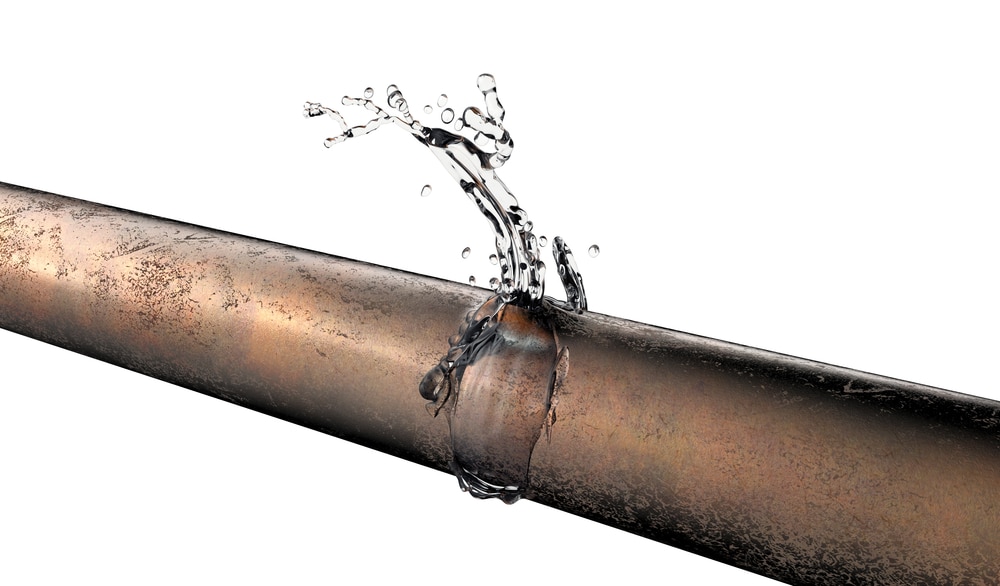 Know your pipes.
Know your pipes.
Because defining piping materials is part of the SOP, it’s important to be able to recognize different piping types when you see them. Some key clues to assist in plumbing identification include:
- material, such as metal or plastic
- color
- pipe diameter
- markings, such as “PB2110” on polybutylene (PB) pipes
- location
- when the home was built
To learn more about identifying pipes, read Bruce Barker’s article, “Plumbing Pipes”.
Use technology.
As with water damage claims, you are more likely to spot a leak if you use technology. An infrared (IR) camera can help you find leaks that may not be visible to the naked eye. A particularly good time to use a thermal imaging camera is when testing drains.
After using an IR camera to find water damage caused by plumbing, you can use a moisture meters to confirm. The moisture meter assists to verify that moisture is, in fact, present.
Protect yourself from claims.
After establishing that the home has plumbing issues, it’s important to communicate your findings to the client well. Inspectors recommend emphasizing the limitations of an inspection and explaining your findings in terms the client can understand.
Even if you do everything right, you can still get plumbing claims. Just take it from our home inspector in the example at the beginning of this article.
After receiving the attorney’s letter, our inspector contacted our claims team, who worked with him to resolve the claim. Our team drafted a denial of liability letter to the claimant and their attorney. In it, they cited the ASHI SOP, the inspection agreement and the report to prove that the inspector wasn’t liable. The client then dropped their claim against our inspector.
It’s essential for home inspectors to carry errors and omissions insurance (E&O) for defense and payout help. Contact your InspectorPro broker or submit an application with us to receive a home inspection insurance quote at no obligation.
This article was published in the ASHI Reporter in January 2019. See how this story appears in print below.


